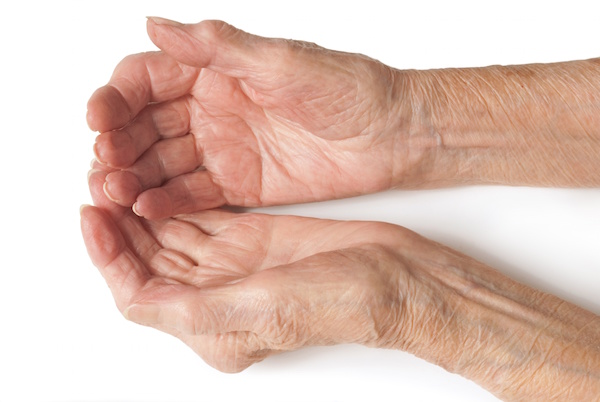
THURSDAY, May 27 (HealthDay News) — A new technique for the treatment of bunions appears to correct the painful big toe deformity without the need for standard invasive surgery.
The novel procedure — developed by orthopedic surgeon Dr. George Holmes, head of the foot and ankle program and an assistant professor of orthopedic surgery at Rush University Medical Center — aims to replace the bone-breaking surgical procedure that is currently used to treat bunions.
Both interventions — the current standard “osteotomy bunionectomy” and the new “Mini TightRope procedure” — seek to address the bump that forms along the inner edge of the foot after muscle and ligament weakening prompt a shifting of the bone and a subsequent improper angling of the big toe. The resulting bunion can make walking, standing, running and even simply wearing shoes a painful experience.
But while a bunionectomy involves cutting and repositioning bone, and upwards of two months of recovery on crutches, the new Mini TightRope option relies on a minimally invasive toe-binding process that ultimately promises to reduce pain and allow for crutch-free walking while cutting recovery time by more than half.
The experts note that Americans undergo approximately 200,000 bunion surgeries every year, and post-op complications arise 10 percent to 30 percent of the time.
“Why should we break the bone in the foot if we do not need to do so to correct the angular deformity? This is the genesis of the new technique,” Holmes said in a news release from Rush University Medical Center.
“This new procedure decreases the degree of postoperative pain and greatly reduces the potential of postoperative complications,” he added. “It also decreases the recovery time, causes less scarring, and patients are able to go home the same day.”
The Mini TightRope method works by means of small holes of about a millimeter in diameter that are drilled through two bones in the foot. Then, strong hair-thin fiberwire is threaded through the holes, wrapped around both bones, and tightened to force the big toe to realign properly.
Patients can walk following the TightRope procedure by means of a special shoe or short walking boot. Pain dissipates within two to three weeks, at which point the stitches are removed.
More information
For more on bunions, visit the American College of Foot and Ankle Surgeons.

